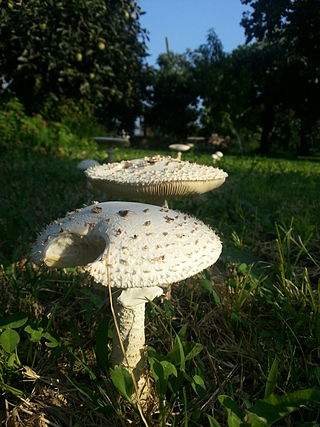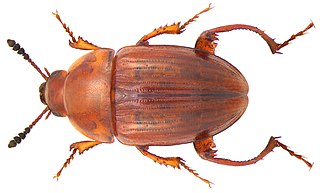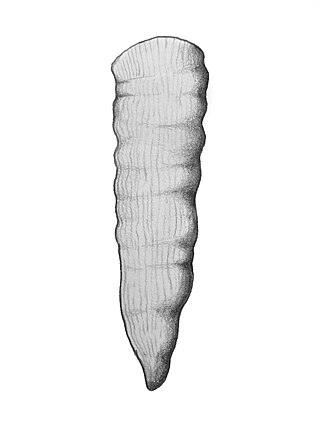
In ecology, a biological interaction is the effect that a pair of organisms living together in a community have on each other. They can be either of the same species, or of different species. These effects may be short-term, or long-term, both often strongly influence the adaptation and evolution of the species involved. Biological interactions range from mutualism, beneficial to both partners, to competition, harmful to both partners. Interactions can be direct when physical contact is established or indirect, through intermediaries such as shared resources, territories, ecological services, metabolic waste, toxins or growth inhibitors. This type of relationship can be shown by net effect based on individual effects on both organisms arising out of relationship.
Alberto Angelini is a retired water polo player from Italy, who represented his native country at four consecutive Summer Olympics, starting in 1996. He was a member of the men's national team that claimed the bronze medal in 1996.

Tenebrioninae is the largest subfamily of the darkling beetles (Tenebrionidae), containing flour beetles, among others. Tenebrioninae contains more than 20 tribes.
Eudolatites is a trilobite in the order Phacopida, that existed during the upper Ordovician in what is now the Czech Republic. It was described by Delo in 1935, and the type species is Eudolatites angelini, which was originally described under the genus Dalmanites by Barrande in 1852. The type locality was the Bohdalee Formation.
Smithiomyces is a genus of fungi in the family Agaricaceae. It was circumscribed by Rolf Singer in 1944. The type species, S. mexicanus, was formerly placed in Amanita, as well as the now obsolete genera Leucomyces and Venenarius. The genus was named to honor American mycologist Alexander H. Smith.

The Serpulaceae are a family of fungi in the Boletales order. According to the Dictionary of the Fungi, the family contains 4 genera and 20 species. However, a molecular phylogenetics study showed that the genus Neopaxillus, which was formerly placed in this family, belongs in the family Crepidotaceae in the order Agaricales.
Geodina is a genus of fungi in the family Sarcoscyphaceae. This genus contains two species: Geodina guanacastensis, found in Costa Rica, and Geodina salmonicolor, found in the Dominican Republic.
Neopaxillus is a genus of fungi in the family Crepidotaceae. According to the Dictionary of the Fungi, the family contains five species found in Central and South America; a sixth, N. dominicanus, was reported in 2011. It was formerly considered to belong in the family Serpulaceae in the order Boletales, but molecular analysis showed that Neopaxillus is better placed in the Agaricales as a sister group to Crepidotus.

Scarodytes is a genus of beetles in the family Dytiscidae, containing the following species:

Glyptagnostus reticulatus is a species of agnostid trilobite belonging to the genus Glyptagnostus. It existed during the Paibian Age of the Cambrian. It has a cosmopolitan distribution and is an important index fossil in biostratigraphy. It was characterized by an unusual net-like pattern of furrows on both the cephalon and the pygidium.

Gelae is a genus of round fungus beetles belonging to the family Leiodidae. The beetles are found in different parts of Central and North America. They are small and rounded, feeding on slime moulds. They were originally placed in the genus Agathidium following the discovery of the first species, G. cognatum, in 1878. The taxonomic position was revised with description of new species in 2004 by American entomologists Kelly B. Miller and Quentin D. Wheeler. Upon creation of the new genus, the five new species are Gelae baen, G. belae, G. donut, G. fish, and G. rol.

The genus Saproamanita contains about 24 species of agarics and is one of six genera in the family Amanitaceae. The others are Amanita, Catatrama, Limacellopsis, Zhuliangomyces and Limacella. Saproamanita are the saprophytic species in the Tribe Amaniteae, separately classified from the ectomycorrhizal species in the genus Amanita.

Leiodinae is a subfamily of round fungus beetles in the family Leiodidae. There are more than 60 genera and 1,800 described species in Leiodinae.

Phaulactis is an extinct genus of rugose coral that existed during the Ordovician, Silurian and Devonian periods. It can be found in Europe, North America, Asia and Australia. Phaulactis was described by Ryder in 1926.
Aphanotus brevicornis, the North American flour beetle, is a species of flour beetle in the family Tenebrionidae. It is a pest of stored foodstuff, particularly processed grains.
Aphanotus is a genus of darkling beetles in the family Tenebrionidae. Species in this genus were previously within Tribolium but placed in the genus Aphanotus following phylogenetic evidence.

Cyclocybe is a genus of fungi belonging to the family Strophariaceae. The genus has a cosmopolitan distribution.










